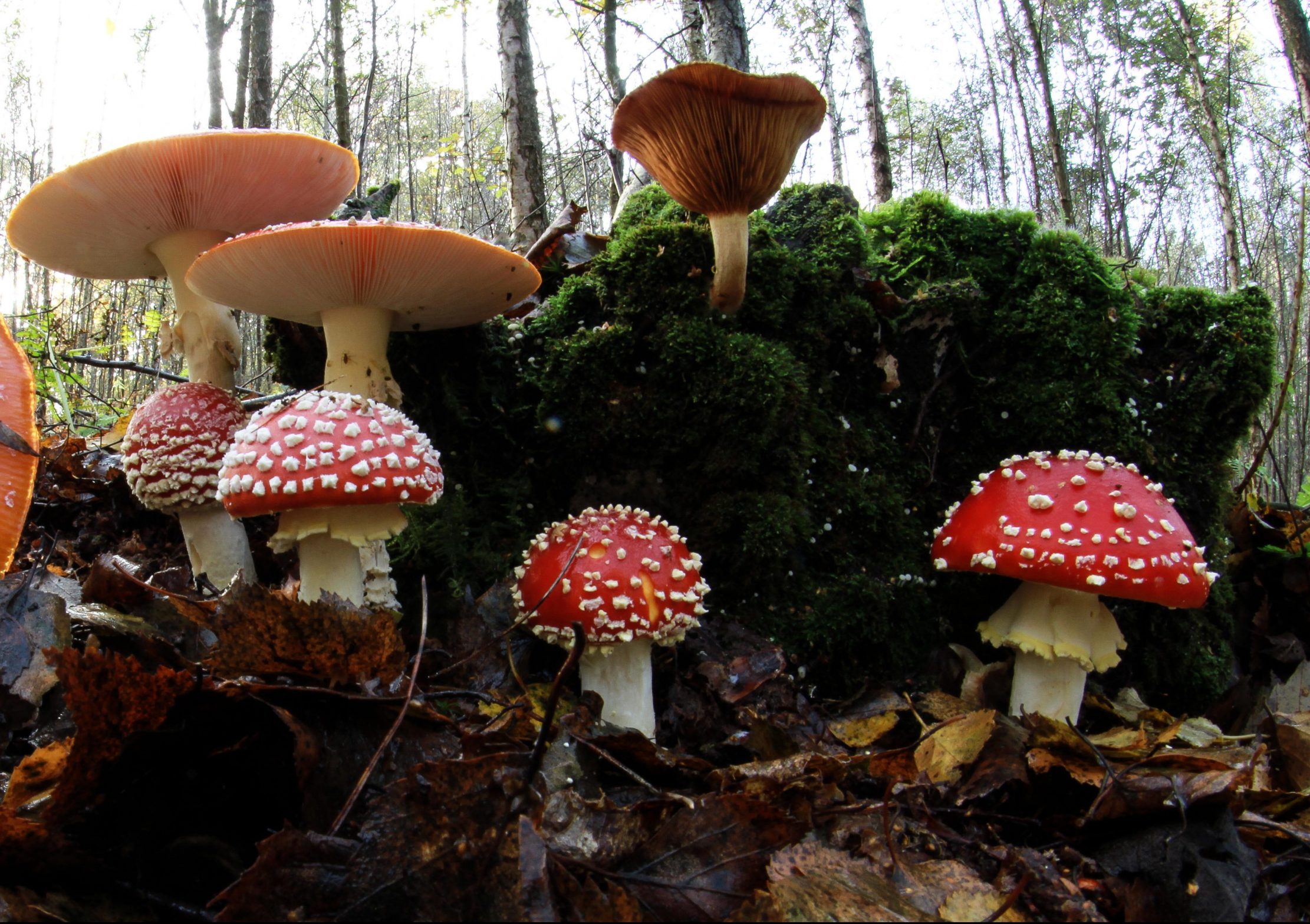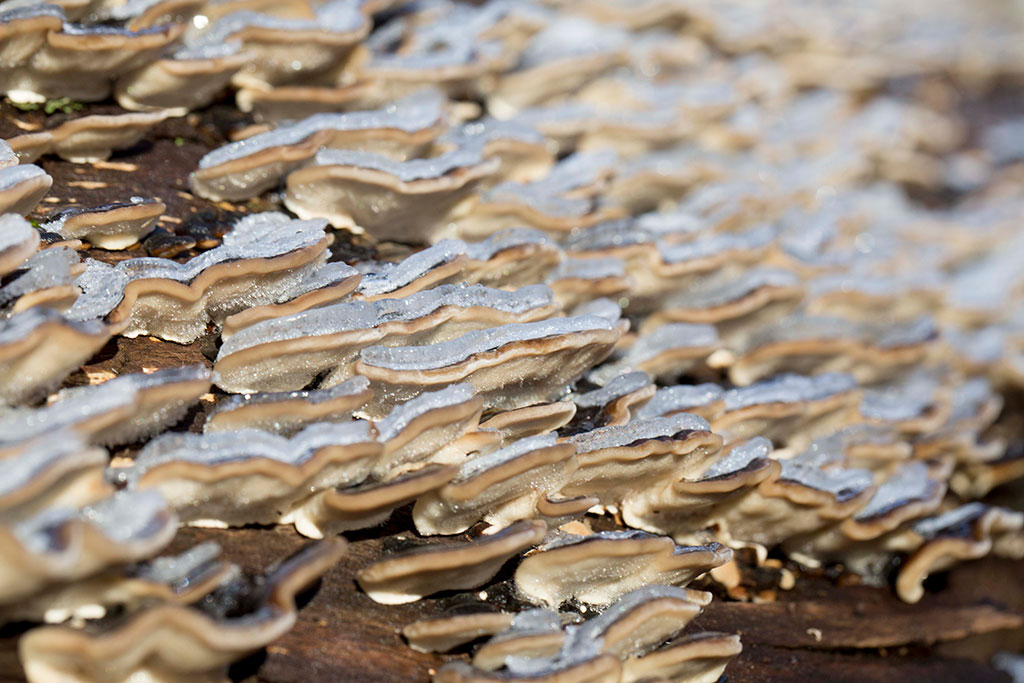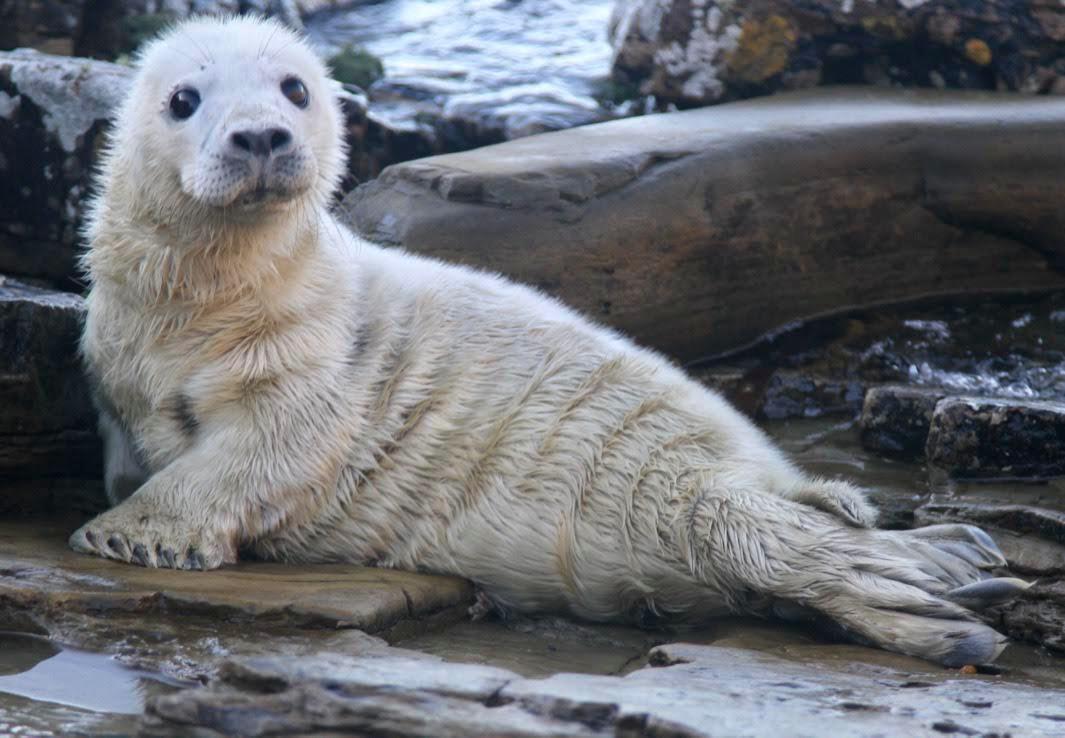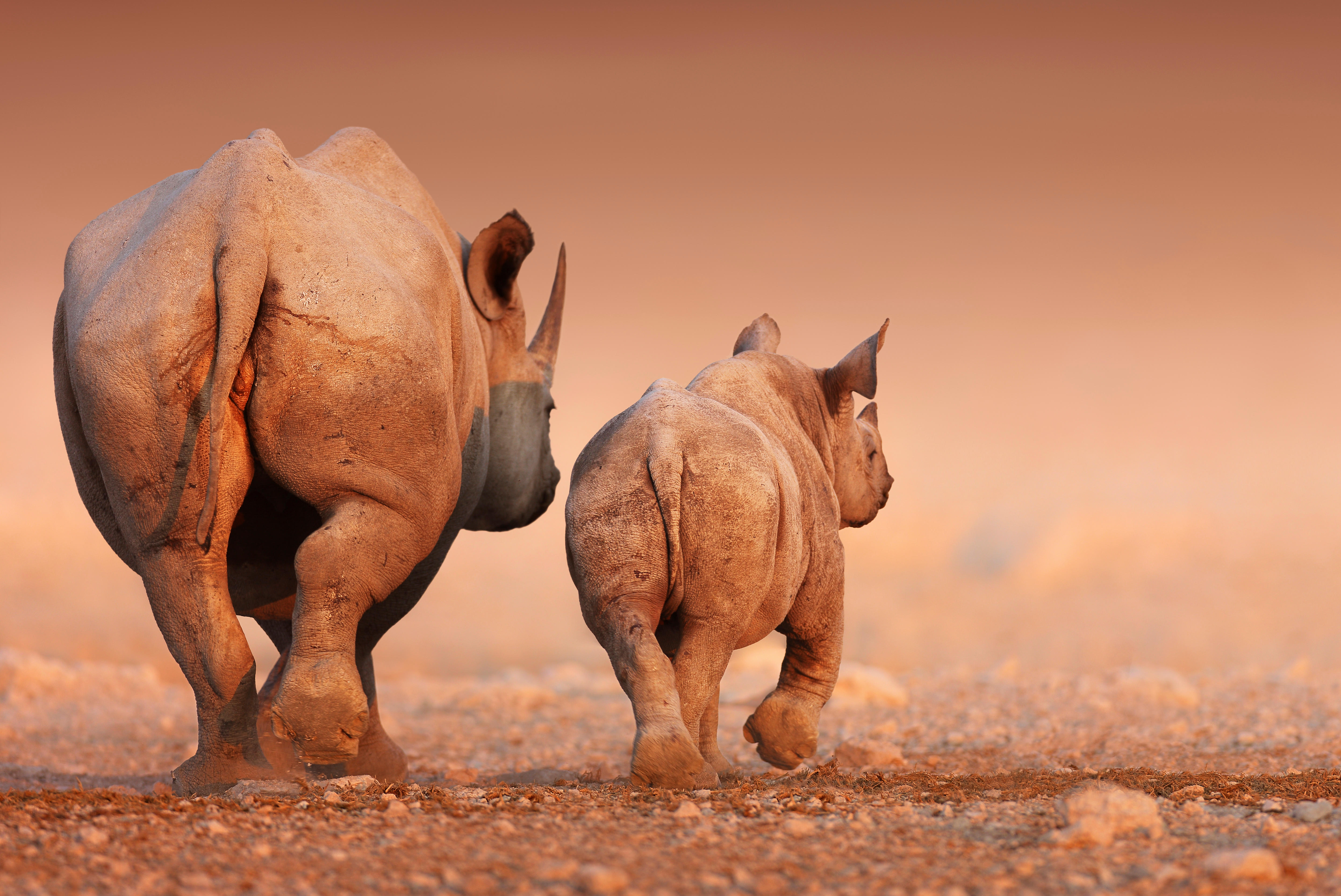Country Life Today: The billion-year-old fungi that could rewrite the story of evolution
Fungi has been discovered that could change the story of how life evolved; an insider's guide to spotting seals; how to rescue a bear from a tree; and why animals are getting smaller at an alarming rate.

Country Life Today is our daily round-up of countryside, nature and environment news — it's published every morning at 7.30am.
The billion-year-old fungi that could rewrite the story of evolution

The story of evolution might need some hasty re-writing, according to a report in Nature, and it's all down to some fossilised fungi found beautifully-preserved within billion-year-old rocks in Arctic Canada. The reason? It had long been thought that fungi emerged around 500 million years ago; the extra half a billion years could have all sorts of consequences for our understanding of life’s emergence, and in particular how life first came out of the sea
Rival teams of scientists are disputing the findings (what else are scientists for, after all?) but the evidence apparently looks fairly strong. Nature’s correspondent writes that if the analysis holds up, ‘it could reshape understanding of how fungi evolved and whether they might have facilitated the movement of plants onto land.'
We bet his wife couldn't 'bear' to watch...
https://youtu.be/KBeKKVrpg_U?t=10
Pop quiz: you see two bears stuck up a tree. What do you do? If your answer is to climb up and rescue them (rather than, you know, running in the opposite direction) then your name might well be Stephen Bot, who pulled off this extraordinary piece of animal rescue in Smithers, British Columbia. Incredible.
Seal spotting in Scotland: The best places to go
Exquisite houses, the beauty of Nature, and how to get the most from your life, straight to your inbox.

When The Scotsman asked wildlife film maker Mike Herd for some tips on where to spot seals in Scotland, he initially dithered. ‘The problem is if people know all the best places, they’ll go there and the seals will change their behaviour,' Herd told the paper. Eventually he relented, and if you’re keen to see seals for yourself, the list (which takes in spots such as the Isle of May near Edinburgh, as well as more far-flung places) is well worth a look.
Read the full story (The Scotsman) and our own guide to Britain's many seals (Country Life)
Stat of the Day: 25% — the amount that the average size of an animal will shrink in the next century

Animal sizes change over time in the course of nature – animals today are 14% smaller than they were in the woolly mammoth's heyday, 130,00 years ago. But the pace of shrinking has risen alarmingly, according to research by the University of Southampton. Destruction of habitats, hunting, intensive farming, urbanisation and global warming mean that average size of an animal on Earth will shrink by a quarter in the next century.
‘Bigger animals, such as the tawny eagle and black rhinoceros, will die out as they are less adaptable and require specialized living conditions,’ says CNN’s article on the research. The likely winners? Gerbils and songbirds, apparently.
Starry, starry night
‘I’ve always been more about the story of the photos and the experiences that went along with them than the technical how-to of their creation,’ says nature and landscape photographer Travis Novitsky as he describes his refreshingly non-technical approach in an interview with the Star Tribune. ‘Mindfulness and feeling good about myself goes hand in hand with this, and I love how it’s helping my life and my art.’
Read the full story (Star Tribune)
And finally... Quote of the Day
‘Those of us who survived the Second World War have lived through probably the safest and most affluent period in history. But, because I’m so old, I remember how quickly it can change. I remember the war and how, suddenly, the world was a totally different place. I walk about and look at people, out with their children and walking about and shopping, and I think do they realise how fragile it all is?’
Judith Kerr, author of The Tiger Who Came to Tea, who died this week at the age of 95. Read the full interview she gave to Country Life shortly before she died.

Toby Keel is Country Life's Digital Director, and has been running the website and social media channels since 2016. A former sports journalist, he writes about property, cars, lifestyle, travel, nature.

